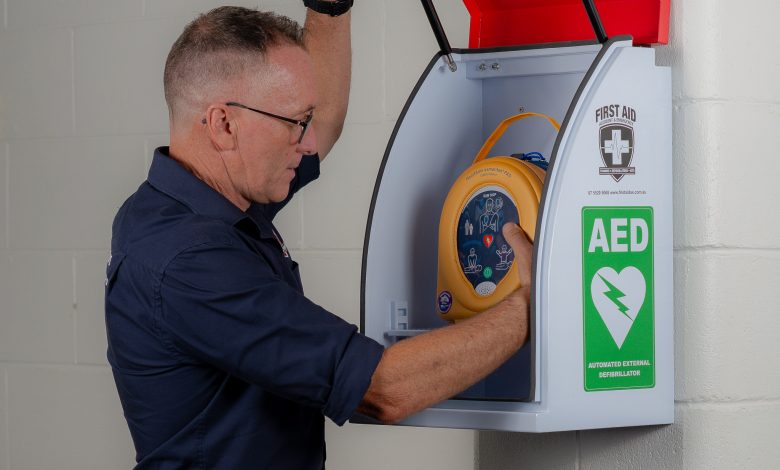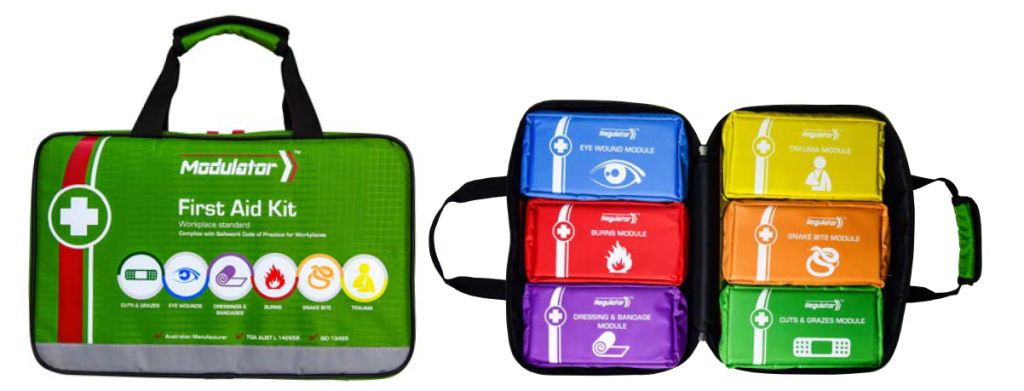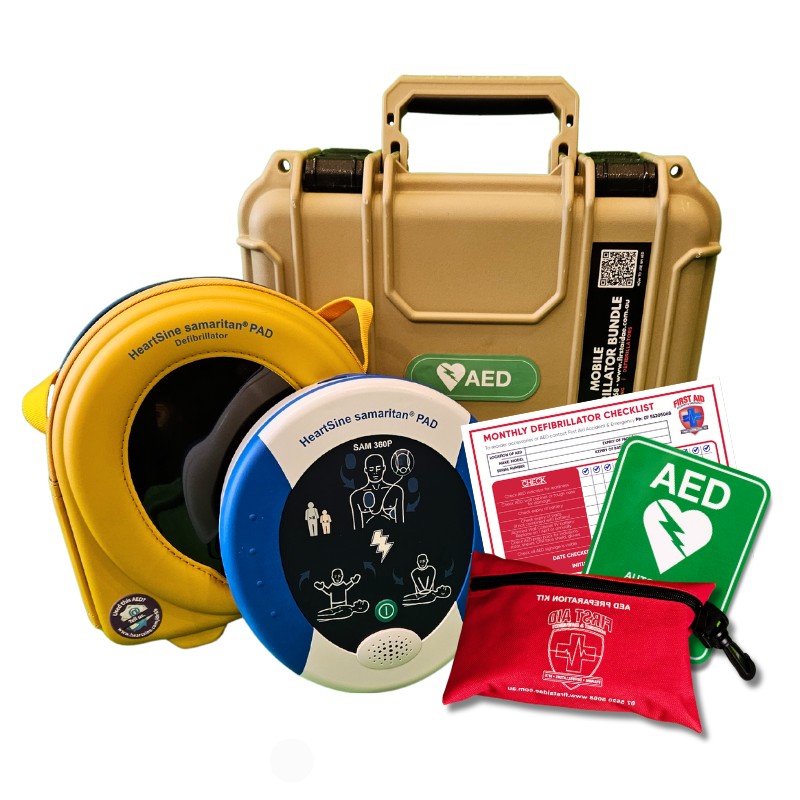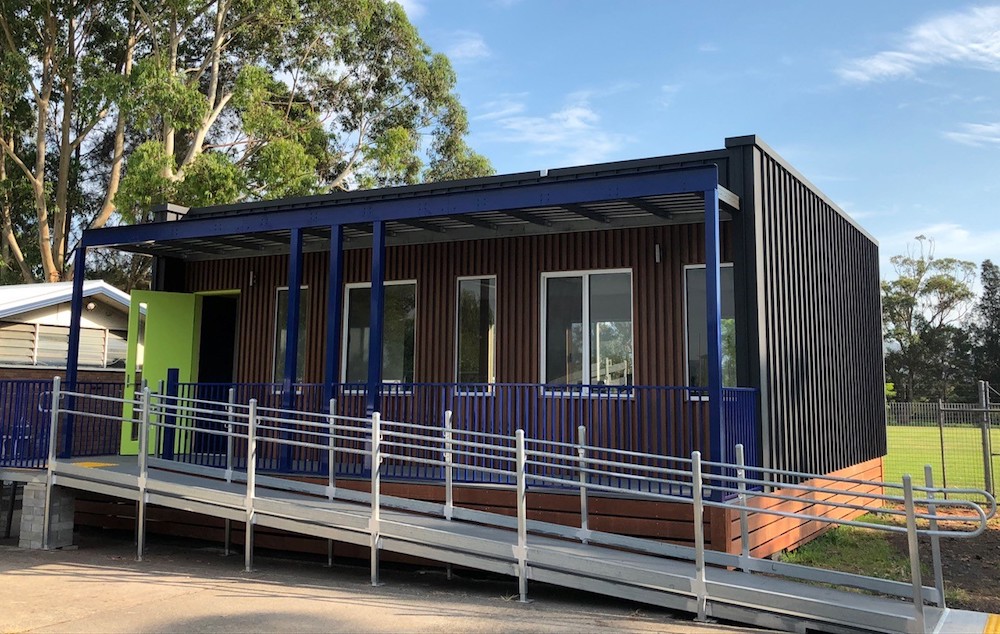Be prepared: First aid training and supplies
Do you know what to do if there is a medical emergency, and where to access essential supplies at your school?

Schools are a hub of activity, from the excitement of lunchtime to the liveliness of the sports field.
This means it is an environment that is prone to accidents like falls and cuts, or allergic reactions. First aid can reduce the severity of these incidents and ensure students, staff and visitors are safe while on school grounds.
First Aid Accident and Emergency is a registered Training Organisation for Australian organisations, including education facilities.
First Aid A&E Managing Director Scott Whimpey said that in most states, it is now a requirement for education facilities to have a minimum number of first aid trained staff on site as part of a school’s duty of care requirements.
“The most popular first aid course for teachers is HLTAID012 – Provide First Aid in an Education and Care Setting,” he explained. “This course is specific to schools and covers first aid specific to children as well as legal obligations and reporting of incidents to governing bodies.”
And while safety education is key, having the correct tools at your disposal is essential when caring for a sick or injured student or staff member. An accredited and approved first aid kit may look different according to regulations between different states and territories, but Mr Whimpey said there are some key considerations that all schools should heed.
When selecting a first aid kit, Mr Whimpey said that schools should consider how many people are on site at any one time, how large the site is, how far your school is from emergency services and how easily you can contact emergency services. He added that it is also important to take note of any injuries or incidents from the past five years.
From there, schools can select the right first aid kit for their circumstances- from a Level 1 Personal Kit to a Level 7 High Risk Kit.

“Our most popular kits are the Modulator Range as they are compliant for 50 people, allowing you to scale up with additional kits if required,” Mr Whimpey said. “These kits are Australian approved, easy to use, and cost effective.
“The modulator comes in a soft transportable option for getting to patients in a hurry as well as a wall mount option.”
In addition to first aid kits, defibrillators are becoming a common sight on school grounds across the country and are now mandatory in Western Australia. Defibrillators are the single way to increase survival of cardiac arrest from below 10 percent to upwards of 70 percent.
Mr Whimpey said that while some people may believe a defibrillator is not of use in a school environment, this is a common misconception.
“Outsiders think that it’s ridiculous to have to have a defibrillator on your site, as children should not need to be resuscitated,” he said. “But most people don’t realise that your school is a community hub and there are a huge amount of people of all different ages and backgrounds coming and going from your school on a daily basis.”
In the event of a cardiac arrest, access to a defibrillator within the first three minutes is key. As such, having a defibrillator accessible at multiple sites across the school grounds is imperative. This is especially important if school grounds encompass a large area. Additionally, schools can invest in mobile defibrillator options for excursions, camps and for use on school buses.

For schools that choose to invest in a defibrillator, First Aid A&E offers free online training for all staff members as well as eight years of after-sales support and a comprehensive monthly check-list that administrative staff can easily implement into their monthly routine.
With years of experience working in the field, Mr Whimpey said that while awareness around first aid has improved, he still sees schools trip up occasionally.
“In most cases first aid training will cover how to manage situations as they occur,” he said. “However, often, I see situations arising when a relief teacher has not been properly briefed on the needs of students in their care. Ideally, a comprehensive handover should occur that identifies students with special needs, and the students specific medical action plan.
“An example would be for a child with anaphylaxis to nuts, the relief teacher should be told of this student’s allergies and shown the action plan for the specific student, as well as the school’s critical incident plan and who to contact in an emergency.”
If you require First Aid Kits, equipment or Defibrillators for your school, contact the experts at First Aid Accident & Emergency at [email protected]







